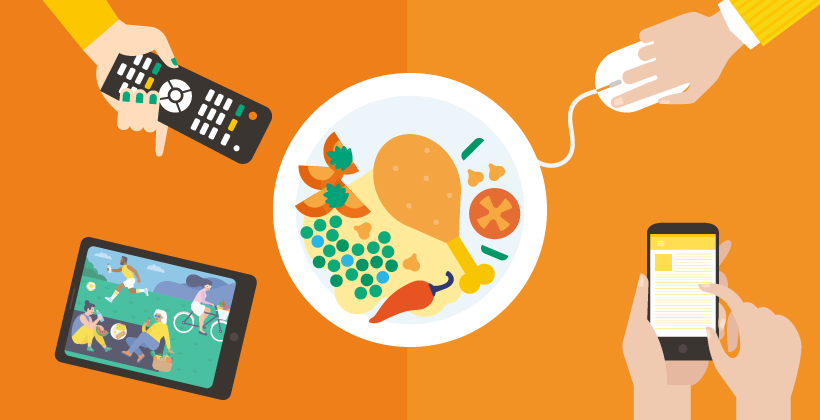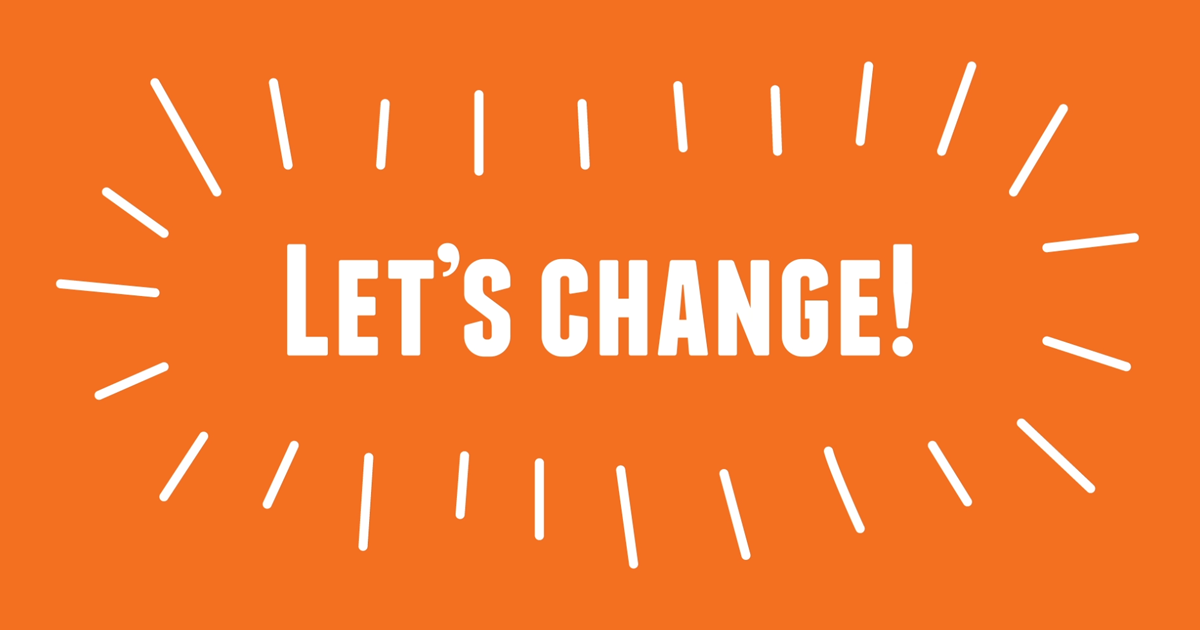Why we eat what we eat: The barriers to dietary and lifestyle change
Last Updated : 03 August 2004One might assume that the many factors influencing food behaviour provide a whole set of means to intervene in, and improve, people's food choices. However, closer examination reveals that barriers to dietary and lifestyle change exist. These barriers, as well as the possible solutions, will be discussed below.
Encouraging dietary change
It is thought that one of the factors responsible for initiating dietary change is the perceived need to do so.1 However, there is a common misperception of one's own behaviour, which is often associated with the belief that healthy eating messages are targeted at people more vulnerable than ourselves.2 This phenomenon of 'optimistic bias' has important practical implications for health and the promotion of dietary change, as lack of awareness of personal behaviour is associated with a low motivation to change. Insight into the way people make interpersonal comparisons related to their diet may contribute to a better understanding of dietary intake and its determinants as well as provide suggestions for improving nutrition education interventions.3
Implementing dietary and lifestyle change
Once the need for change is recognised, taste preferences consistently represent a barrier to healthier eating; most people view healthy diets as being monotonous, unpalatable or unsatisfying. Lack of time is frequently mentioned for not following nutritional advice, particularly by the young and well educated. Giving up favourite foods and lack of willpower are also commonly reported barriers.
Consuming more fruit and vegetables is notoriously difficult for the general population despite the reported benefits. Practical aspects such as cost, preparation and poor availability in the working place are common barriers to recommended changes.4 Education on how to exchange habitually bought items for fruit and vegetables such that no further expense, in money or effort, is incurred has been proposed as a solution.5 Efforts of governments, public health authorities, producers and retailers to promote fruit and vegetable dishes as value for money could also make a positive contribution to dietary change.6
Lack of knowledge about the importance of healthy eating is not perceived by consumers as a main barrier to dietary change, although it is.7 Furthermore, difficulties in understanding food-packaging labels, what constitutes a portion size, and knowledge about how to balance the diet is lacking. This is why nutrition education initiatives can help empower people to make informed decisions.
Creating an environment that makes healthy lifestyle choices viable is particularly important for those faced with insufficient or unaffordable recreational facilities and unsafe environments for walking, jogging or cycling. Alliances between government, local authorities and public health authorities will need to be forged to create an environment that facilitates lifestyle changes and complements nutrition messages and education initiatives.
Maintaining dietary change
Even well motivated individuals, who have adopted a balanced diet after experiencing health problems, revert to previous eating habits because of difficulties encountered. Because family and friends can be a source of encouragement in making and sustaining dietary change, adopting dietary strategies that are acceptable to them may benefit the individual whilst also having an effect on the eating habits of others.4 Furthermore, behaviour therapy equips individuals with skills that can help to prevent lapses in diet.
Dietary change is not easy because it requires alterations in habits that have been built up over a long period of time. Maintaining health behaviour change is even more difficult and requires motivation, behavioural skills and social support. Social psychology offers theoretical models and tools that can improve understanding of how people make decisions about their health and can be useful in planning health promotion intervention. This will be the topic of a future issue of Food Today.
References
- Kearney M, et al. (1997). Perceived need to alter eating habits among representative samples of adults from all member states of the European Union. European Journal of Clinical Nutrition 51:S30-5.
- Shepherd R (1999). Social determinants of food choice. Proceedings of the Nutrition Society 58:807-812.
- Oenema A & Brug J (2003). Exploring the occurrence and nature of comparison of one's own perceived dietary fat intake to that of self-selected others. Appetite 41(3):259-264.
- Anderson AS, et al. (1998). Take Five, a nutrition education intervention to increase fruit and vegetable intakes: impact on attitudes towards dietary change. British Journal of Nutrition 80:133-140.
- Dibsdall LA, et al. (2003). Low-income consumers' attitudes and behaviour towards access, availability and motivation to eat fruits and vegetables. Public Health Nutrition 6(2):159-168.
- Cox DN, et al. (1998). UK consumer attitudes, beliefs and barriers to increasing fruit and vegetable consumption. Public Health Nutrition 1:61-68.
- Lappalainen R, et al. (1997). Difficulties in trying to eat healthier: descriptive analysis of perceived barriers for healthy eating. European Journal of Clinical Nutrition 51:S36-40.



